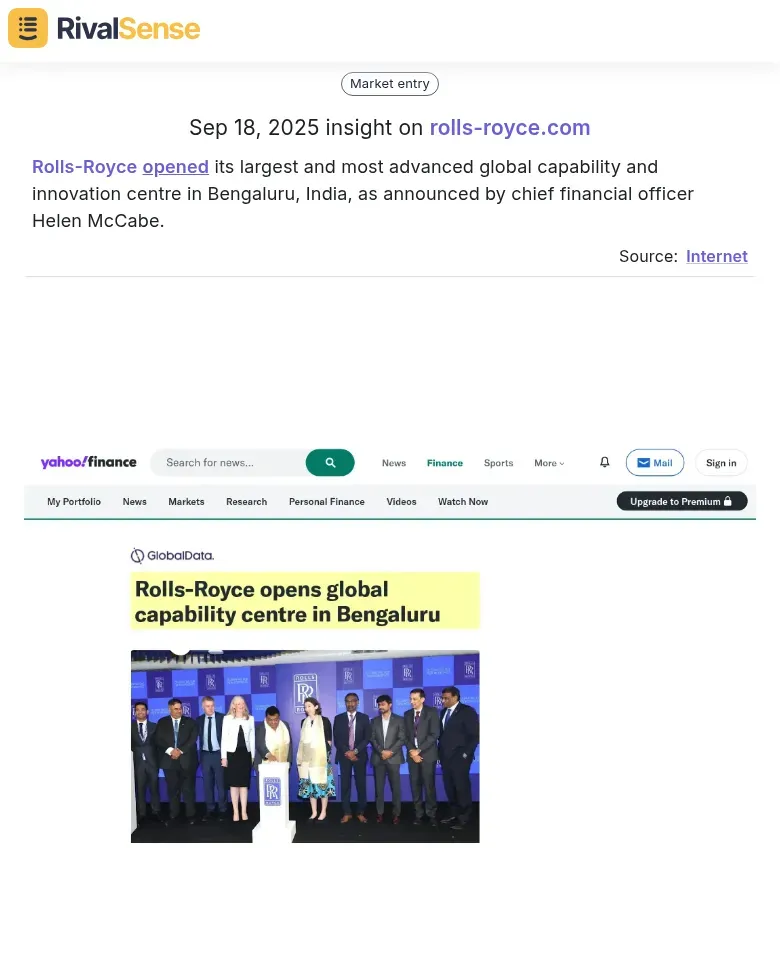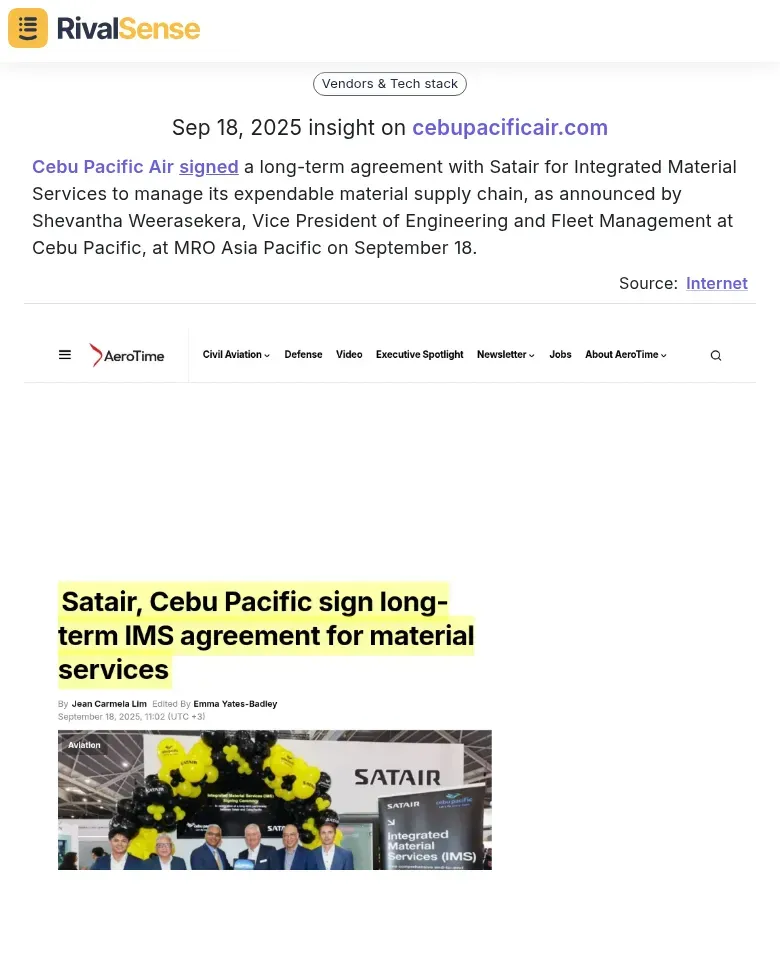Actionable Internet Hacks for Salesforce Competitor Insights
Gaining Salesforce competitor insights doesn't require expensive tools—just smart internet strategies. Start with Google Alerts: create alerts for competitor names (e.g., "Salesforce competitors" or specific companies like "HubSpot CRM") to get real-time news and mentions delivered to your inbox. Set frequency to "as-it-happens" for urgent updates. Next, leverage social media monitoring: follow competitors on LinkedIn and Twitter, track their hashtags (#SalesforceAlternatives), and use free tools like Hootsuite or Mention to analyze customer sentiment in comments and reviews. Finally, implement digital mystery shopping: anonymously sign up for competitor trials, evaluate their onboarding process, note pricing tiers, and document UX strengths/weaknesses. Pro tip: Create a spreadsheet to compare features, pricing, and customer feedback across 3-5 competitors for actionable insights.
Monitoring Competitor Announcements and Strategic Moves
Stay ahead of Salesforce competitors by monitoring their strategic announcements and moves. Tracking facility expansions and new capabilities can reveal market priorities and growth strategies. For example, when Rolls-Royce opened its largest and most advanced global capability and innovation centre in Bengaluru, India, it signaled a strategic focus on the Asian market and technological innovation.

Set up automated alerts using tools like Google Alerts, Talkwalker, or AlphaSense to track press releases and executive statements—key indicators of expansion plans. For example, monitor terms like "[competitor name] partnership" or "[competitor] new office" to detect growth initiatives early.
Analyze long-term contracts and partnerships to understand market positioning. Use SEC filing monitors or specialized tools to track multi-year deals, which reveal customer retention strategies and market focus. Tip: Create a spreadsheet to log partnership durations and contract values for trend analysis.
Track industry event participation through trade show calendars and social media monitoring. Competitors' keynote topics and booth sizes at events like Dreamforce indicate innovation priorities. Practical step: Subscribe to event newsletters and set LinkedIn alerts for key executives' posts about conferences.
✅ Checklist for Monitoring Announcements:
- Configure alerts for competitor names + "announcement" or "launch"
- Review quarterly earnings calls for partnership mentions
- Follow competitor blogs and news sections
- Monitor job postings for new department openings
- Set up RSS feeds for industry publications covering your competitors
Tracking Competitor Partnerships and Long-term Contracts
Partnership announcements provide critical insights into market positioning and growth strategies. Long-term contracts, especially in regulated industries, reveal customer retention approaches and market confidence. For instance, when Lufthansa Technik signed a new long-term contract with China Airlines at the MRO Asia-Pacific trade fair, it demonstrated their commitment to the Asian market and Boeing fleet services.

Monitoring such partnerships helps you understand which markets competitors are prioritizing and what customer needs they're addressing. This intelligence can inform your own partnership strategies and market positioning.
Analyzing Competitor Digital Presence and Content Strategies
To effectively analyze competitor digital presence and content strategies, implement these practical tactics:
Newsletter & Content Subscription Strategy:
- Create dedicated email addresses for competitor monitoring
- Track frequency, content themes, and CTAs across their newsletters
- Monitor engagement patterns and response rates
SEO & Keyword Analysis:
- Utilize Semrush or Ahrefs for comprehensive competitor research
- Analyze their top-performing keywords and content gaps
- Track their backlink profiles and content performance metrics
Social Media Monitoring:
- Implement Brand24 or Sprout Social for sentiment tracking
- Set up alerts for competitor mentions and brand conversations
- Analyze engagement patterns and response times
✅ Quick Action Checklist:
- Identify 3-5 key competitors to monitor
- Set up dedicated monitoring email addresses
- Configure SEO tools with competitor domains
- Create social listening queries for competitor brands
- Schedule weekly review sessions for gathered intelligence
- Document insights in a shared competitive intelligence dashboard
Pro tip: Combine quantitative data (metrics) with qualitative analysis (content themes, messaging tone) for comprehensive insights. Track changes over time to identify strategy shifts and emerging trends.
Evaluating Competitor Technology and Operational Capabilities
Evaluating competitor infrastructure and operational decisions provides insights into their strategic priorities and market positioning. Supply chain partnerships and material management agreements, for example, reveal how competitors are optimizing operations and reducing costs.
When Cebu Pacific Air signed a long-term agreement with Satair for Integrated Material Services, it signaled a strategic focus on supply chain efficiency and operational excellence in their fleet management.

Use tech stack analysis tools like BuiltWith or Wappalyzer to uncover competitor technology investments. These reveal the CRM, marketing automation, analytics, and other technologies competitors use.
Review job postings on LinkedIn and career pages to identify capability building. Look for patterns: multiple AI/ML roles indicate investment in automation, while sales hires suggest market expansion.
Analyze case studies and testimonials to understand value propositions. Examine customer success stories for specific metrics and note which industries and use cases are highlighted.
✅ Evaluation Checklist:
- Document technologies mentioned in job postings
- Track implementation timelines from case studies
- Record ROI metrics and customer pain points addressed
- Monitor hiring frequency and department expansions
Leveraging Customer Feedback and Market Intelligence
Unlock unbiased competitive insights by systematically gathering customer feedback. Start by scraping review sites like G2, Capterra, and Trustpilot for authentic opinions on Salesforce competitors—look for patterns in praise and complaints to identify strengths and weaknesses.
For deeper intelligence, conduct targeted surveys or interviews with shared customers; ask specific questions about competitor pricing, service gaps, and satisfaction levels. Use tools like SurveyMonkey or Typeform for efficiency.
Benchmark findings against market expectations by analyzing competitor pricing pages, demo calls, and industry reports. Pro tip: Create a centralized dashboard to track trends and share insights across sales and product teams for actionable strategy adjustments.
Implementing Actionable Insights from Competitor Analysis
Transform your Salesforce competitor findings into strategic gold with this actionable framework. First, create a competitive insights dashboard that maps competitor features against your roadmap—identify gaps where you can differentiate or accelerate development.
Second, implement a quarterly competitive threat assessment: analyze pricing changes, new market entries, and feature launches to anticipate shifts. Use this intel to adjust your marketing messaging—if a rival drops prices, emphasize your superior support instead of competing on cost.
Third, establish a continuous feedback loop: assign team members to monitor specific competitors and share findings in weekly standups. Track metrics like win/loss rates against key rivals to measure impact.
✅ Implementation Checklist:
- [ ] Map competitor features to your product gaps
- [ ] Set up alerts for competitor news and announcements
- [ ] Create battle cards for sales teams
- [ ] Review pricing strategies quarterly
- [ ] Conduct win/loss analysis monthly
Iterate by testing new data sources—social listening tools or review site scraping—to stay ahead in dynamic markets.
Streamline Your Competitor Intelligence with RivalSense
While manual monitoring provides valuable insights, scaling this approach across multiple competitors and data sources can be time-consuming. RivalSense automates competitor tracking across product launches, pricing updates, event participations, partnerships, regulatory changes, management updates, and media mentions—delivering comprehensive weekly reports directly to your inbox.
Try RivalSense for free today and get your first competitor intelligence report to start making data-driven strategic decisions immediately.
📚 Read more
👉 Key Account Revenue Tracking in EDA: A Strategic Guide for Executives
👉 Beginner's Guide to Competitor Partnership & Client Insights: Turn Intelligence Into Strategy
👉 CyberGhost VPN's Pricing Strategy Shift: A Competitor Analysis Deep Dive
👉 Key Account Management Models: The Ultimate 2025 Guide
👉 5 Game-Changing PR Key Account Sales Tracking Hacks for 2025
